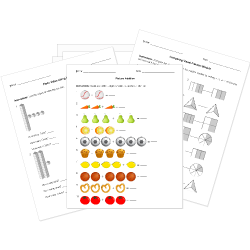Common Core Standard HSF-IF.C.7e Questions
Graph exponential and logarithmic functions, showing intercepts and end behavior, and trigonometric functions, showing period, midline, and amplitude.
You can create printable tests and worksheets from these questions on Common Core standard HSF-IF.C.7e! Select one or more questions using the checkboxes above each question. Then click the add selected questions to a test button before moving to another page.







